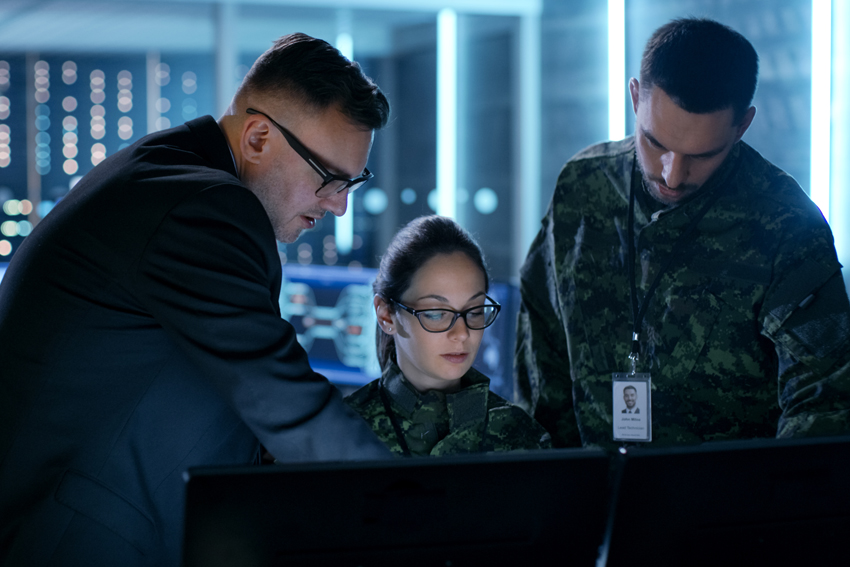Last year was a rollercoaster in terms of weather, wildfires, extreme temperatures, flooding, volcanic eruptions, earthquakes…
While we can’t stop Mother Nature throwing tantrums, new advances in technology mean we’re better equipped to predict extreme weather and natural disasters – and, crucially, more adept at dealing with the aftermath.
Let’s take a look at what’s hot in the world of calamity-conquering tech.
Drones
Want to work at the height of telecommunications? Get into drones.
Their compact size and robustness make them ideal in the aftermath of natural disasters.
Underwater and flying drones can assist search and rescue missions, collect weather data, map terrain more effectively, help environmental experts assess damage from a safe vantage point and even deliver aid packages.
While drone operators typically have a background in engineering, physics, computer science or mathematics, analysing the data collected needs a broad knowledge of IT.
In career terms, the sky’s the limit!
Advanced Prediction Systems
US-based Artificial Intelligence company One Concern are leading the way when it comes to disaster prediction technology. Combining human intelligence and AI, their prediction solution provides a super-detailed digital fingerprint of every single natural or manmade element of a mapped location.
This means natural disasters such as earthquakes, hurricanes and floods can be predicted days in advance.
Not only does the system predict the impending event, it also creates a detailed action plan and constructs an in-depth analysis that enables key decision makers to put emergency measures in place.
Such advanced technology requires the very best minds when it comes to software engineering and data science.
IoT technology
IoT – aka the Internet of Things – is essentially a network of web-connected devices, vehicles, software and other smart gadgets that can interact and exchange data.
IoT allows previously ‘inanimate’ objects, such as traffic cameras or even street lights, to communicate and interact.
With the advancement of IoT, pretty much anything other than Granny Ina’s brolly can be used as a sensor, meaning weather data can be collected with far more accuracy than before – local weather predictions, in particular, are becoming much more accurate.
If you’re a tech wizard looking for an exciting new career [site_name] has the best vacancies, whatever the weather.
